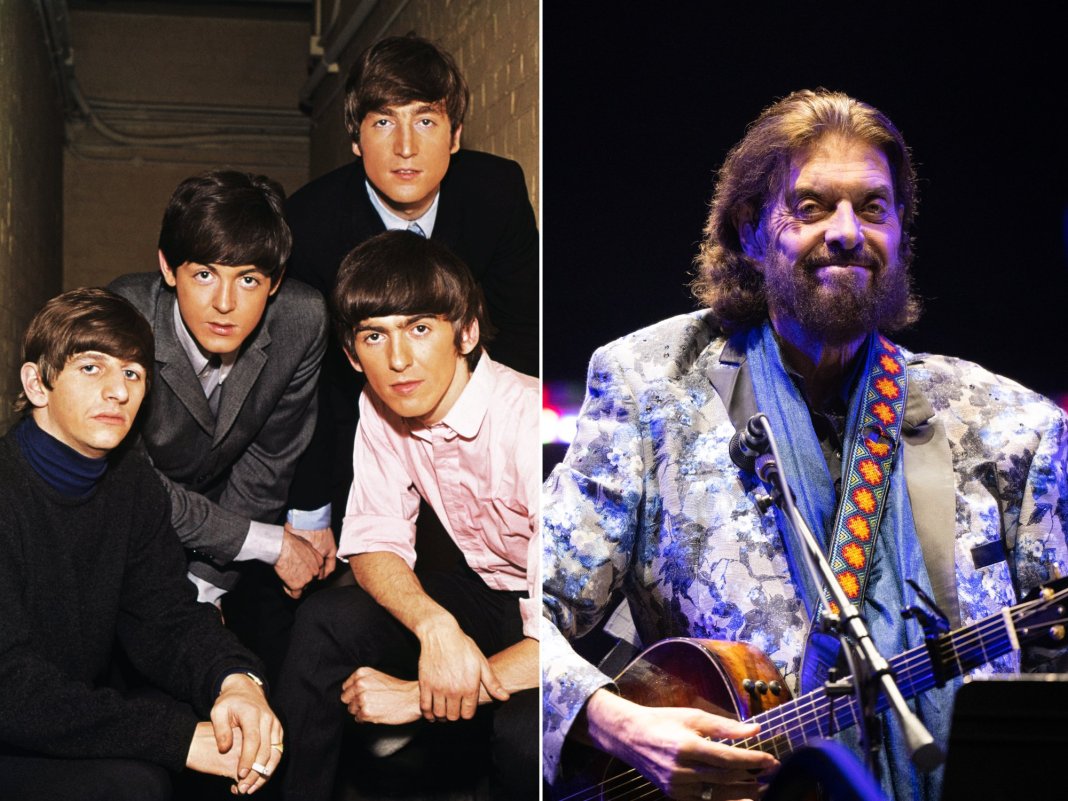Alan Parsons Reflects on Working with The Beatles: A Journey Through Abbey Road and Let It Be
For audio engineers, working with The Beatles is often considered the pinnacle of their careers. Alan Parsons, a name synonymous with groundbreaking sound engineering, had the privilege of being part of this historic journey, contributing to the legendary albums Abbey Road and Let It Be.
In a recent conversation with Rick Beato, Parsons delved into his experiences with the Fab Four, calling the period a “magical time” in his career.
Parsons, who is also renowned for his work on Pink Floyd’s 
“I guess I ended up with the two most experimental bands ever—Beatles and Pink Floyd. I mean, they were all famous for their experimental sounds,” he reflects.
His time with The Beatles was nothing short of surreal. “It was The Beatles—of course, it was historic,” Parsons recalls. “I savoured every moment and thought, ‘This is the greatest experience I’ve ever had.’” The atmosphere was as extraordinary as one might expect, marked by a sense of awe and privilege.
During the Let It Be sessions, Parsons’ interaction with the band members was minimal. “Not so much. Not in the Let It Be days,” he notes. However, the experience during the Abbey Road sessions was markedly different. “The following summer, we did Abbey Road, and that was much more intimate, much more involved with the guys and myself.”
Parsons admits that it’s still hard for him to grasp the significance of his involvement. “It’s hard for me to imagine that I was there,” he says. “Yeah, it was a magical time.”
Among the many anecdotes from his time with The Beatles, Parsons recounts an interesting story about a particular track on Abbey Road. Despite initial resistance from John Lennon, George Harrison, and Ringo Starr, Paul McCartney was adamant about including “Maxwell’s Silver Hammer” on the album. Parsons remembers, “I kind of remember that *Maxwell’s Silver Hammer* didn’t go down very well with the other three. But Paul persevered with it.”
He also notes an experimental touch that didn’t make the final cut: “I thought he did a great Moog solo on it. We actually tried a backwards delay echo on the intro, which got shelved. It didn’t work.”
Alan Parsons’ reflections offer a rare glimpse into the intricate and often behind-the-scenes world of recording with one of the most iconic bands in history.
His experiences with The Beatles continue to be a testament to the collaborative magic that defined their groundbreaking work.
Leave a Reply